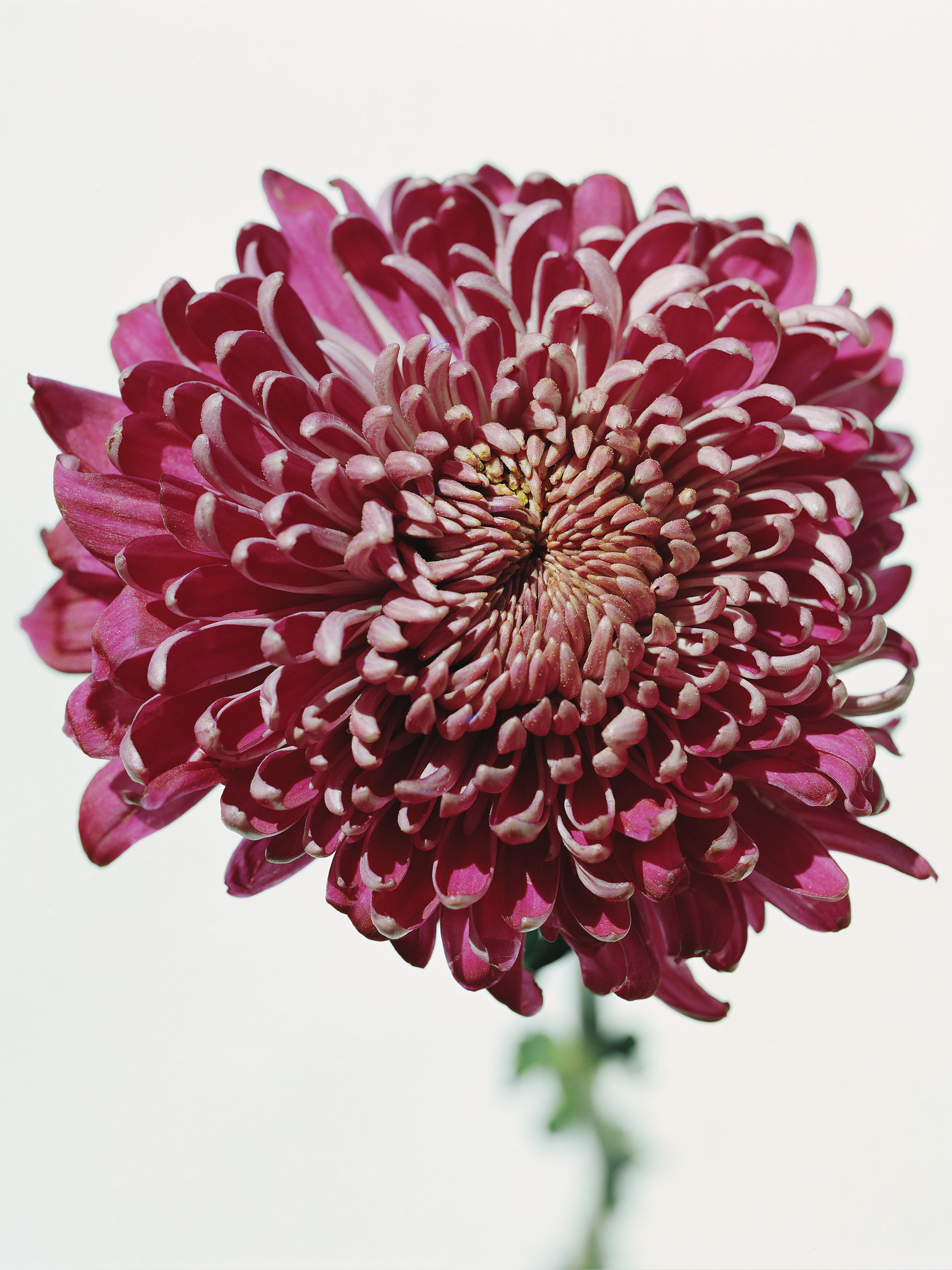Noise
METAMORPHOSIS

METAMORPHOSIS
Words: 1920
Estimated reading time: 11M
Tracking the liberatory power of self-design, from the corset to the BBL.
By Hannah Ongley
The sun is streaming through the windscreen into the back seat, making me blink my $120 D-Curl eyelashes at my Uber driver, Oscar, in his rearview mirror. We’re driving to Sherman Oaks to see my esthetician, Shab. Over the smoggy, faintly oppressive sound of “Hotel California,” Oscar is telling me about a passenger he had the other week who had “a… how d’ya say… BBL? The Brazilian Butt?” He makes the shape of a tire around his hips with his hands. He keeps gesticulating, showing me how “they”—two anonymous men—had to maneuver the girl into the car at a sideways angle. (She was encased in a protective “donut.”) In the past year alone, he says, three women have been inserted into his Honda horizontally.
The American Society of Aesthetic Plastic Surgeons reported that 61,387 buttock augmentations were performed in 2021, up 37 percent from 2020. Those statistics don’t even include procedures performed in Brazil. The butt lift, according to M. Mark Mofid, MD, Associate Clinical Professor of Plastic Surgery at the University of California San Diego, is the most dangerous aesthetic procedure ever performed. While online discourse around “Girl Theory” suggests a reemergence of the desire for adolescent thinness, pervasive in the ’90s as “heroin chic,” the prominence of the BBL suggests otherwise.
Up until recently, all beauty was considered profane unless it was natural. The cult of skincare assigned moral value to expensive oils and tinted petroleum jelly. Women with desirable features like freckles and bushy eyebrows were celebrated for showcasing their “flaws.” New York’s women-focused workspace The Wing preached an illusory intersectional feminism that synthesized Glossier’s art direction with capitalism’s exploitation of labor. But today, the new vanguard of female workers looks more like Julia Fox or Chloe Cherry than Emily Weiss. They have plastic surgery and OnlyFans accounts. They self-identify as Marxists on BimboTok, striking a sort of incongruity all while playing with the visual signifiers of the world’s oldest profession.
When women had to enter the workforce during WWII, one of their unspoken duties was to maintain a precarious balance between their new “masculine” position in society and their socially-constructed femininity. This tension is captured in propaganda introducing America to allegorical cultural icon Rosie the Riveter; traditionally beautiful with strong and sturdy features, Rosie was the ultimate female worker, packaged to suit the needs of wartime patriarchy.
On social media in the 2010s, Rosie the Riveter’s image was widely circulated once again, as lean-in feminism promised the patriarchy would be smashed imminently. Hillary Clinton would handle the logistics; all we had to do was post Nasty Woman memes and perform what we were told was the unifying experience of womanhood: victimhood. We were repeating a fatal mistake that Judith Butler identified back in 1990. In Gender Trouble, the philosopher calls out second-wave feminist discourse for “attempting to forge bonds of solidarity by relying on the category of woman to presuppose a universal experience which, in its universal status, provides a false ontological promise of eventual political solidarity.” Lean-in feminism was shown to be a failed project; Rosie the Riveter reverted to patriarchal propaganda status.
This cruel irony has produced a climate of nihilism, regarding both gender and politics, that feels liberating to women. Demanding respect is fundamentally cringe, and anyways, abortion rights were taken from us as we chanted, "My body, my choice!" We might as well exercise autonomy by way of commanding attention. Having visible flaws and rock-solid ideologies wasn’t empowering—it was oppressive. Now, we want SparkNotes and perfect tits. After a decade or so of virtue signaling and forced “authenticity,” we feel starved of self-determination, desperate to relearn what it’s like to create change and make choices. Thus, the rise of cosmetic surgery: from near-invisible nips and tucks to implants that split hemlines.
The practice of extreme body modification is nothing new. For centuries, across cultures, women have gone to great lengths to inch closer to a feminine ideal. Chinese court dancers broke and bound their feet to achieve the favored “golden lotus” shape. Certain African and Asian cultures have long accessorized with stacks of metal rings, pushing the collarbone down to elongate the neck. Back in Victorian times, lead paint and arsenic wafers were swallowed for pasty white skin; waist training by way of unbreathable corsets sought after tiny frames, altogether mirroring the romantic state of “wasting away” tied to the rise of consumption.
And then, of course, there’s fashion—ever-mutable, low commitment, but enduring as a medium for articulating bodily wants and anxieties we don’t have language to express. No one demonstrated this power like Alexander McQueen, who used the industry as a vessel for extraordinary works of performance art, presenting garments with metamorphic capacity that could truly overwhelm. In an article for Fashion Studies Journal, Robert McCaffrey examines McQueen’s 1998 presentation No. 13, interpreting it as a modern incarnation of the philosophical sublime, as conceived by Enlightenment thinker Edmund Burke. Burke wrote that the sublime produces the strongest emotion the mind is capable of feeling—euphoric and terrible at once.
Traditionally, the sublime operates most powerfully in nature. With No. 13, McQueen sought to locate it in the machine age, against the backdrop of capitalist consumption. The presentation saw model Shalom Harlow in a strapless tulle dress, stood between anthropomorphized mechanical arms that aggressively splattered her with paint, rendering her organic body lifeless—controlled by the machine itself. McQueen eradicated the distinction between subject and object; in his version of the sublime, the woman objectifies herself—much like girls who frequent BimboTok, or those Victorian maidens adopting the aesthetics of a vicious disease.
Approaching womanhood like a DIY project came to serve a specific purpose following the demise of subculture. At some point, there was a schism between those chasing after the ideal female form and those completely shunning it. Beauty, at its cartoonish extremes, is a fabulous and uncanny reimagining of—for instance—Vivienne Westwood’s design ethos. Sometimes she’d undertake exhaustive research projects, flirting with the academic like McQueen. Other times, she’d exhibit an excitable cut-and-paste approach to design. An autodidact, Westwood taught herself formal tailoring while developing increasingly complex views on authority and establishment; her work shifted from the two-dimensional t-shirts and bondage trousers of her punk era to provocative interpretations of corsets and period costume. In each and every case, she was dedicated to re-molding the body—looking to society’s fringes, to society’s past, to shape future aesthetics. Westwood found freedom not in mirroring the perfect body, but in inventing a thousand silhouettes of her own.
Body modification, by flesh or by cloth, is at its most transgressive when it is unsettling. The Uncanny Valley is a concept first introduced in the ’70s by Japanese robotics professor Masahiro Mori, describing the relationship between human-like robots and the emotional response they evoke as they approach (but never quite reach) the look of a real human. This strange gray area is fertile ground for examining society’s obsession with the real versus the artificial, particularly as it pertains to the female form: our anxious insistence that we have a right to know where woman ends and machine begins.
But exactly where the boundary lies between real and artificial is constantly shifting. In his day, Mori sketched a rudimentary graph to depict the literal Uncanny Valley—machines edging toward it on one side, humans safely emerging on the other. The Valley is likely much wider and deeper today, with a greater proportion of society taking up residence there. Plastic surgeons must track these changes carefully, so as to not move patients too far outside of the norm, negatively impacting their overall well-being. The liberating potential of surgically-enhanced womanhood disappears as soon as it becomes a barrier to social acceptance.
Women’s transformability has long remained a source of paranoia for men, the size and shape of our body parts becoming yardsticks for measuring erotic potential, against an “un-erotic” baseline that’s supposedly less threatening. Modern feminism took a different path, but came to the same conclusion—rendering the desire to control one’s appearance equally uncomfortable. There was an unspoken hierarchy of “acceptable” procedures, with boob jobs and lipo squarely at the bottom; we were supposed to be desexualizing women’s bodies! We’re left with the knowledge: When we remove stigma, we remove transgression—we remove power.
With the democratization of filler and endless aesthetic iterations a click away, we can be both artist and object, now more than ever. Femininity, like my esthetician, comes with a menu: dermaplaning or spray tan? Eyebrow tinting or a Brazilian wax? Womanhood is in the palm of our hands, more pliable than ever before. Embracing good, old-fashioned drama feels exuberant and honest. It doesn’t really matter which way we go, as long as we’re the ones to make the choice.

PHOTOGRAPHY
RICHARD BUSH
Beyond Noise 2025
PHOTOGRAPHY
RICHARD BUSH
Beyond Noise 2025


